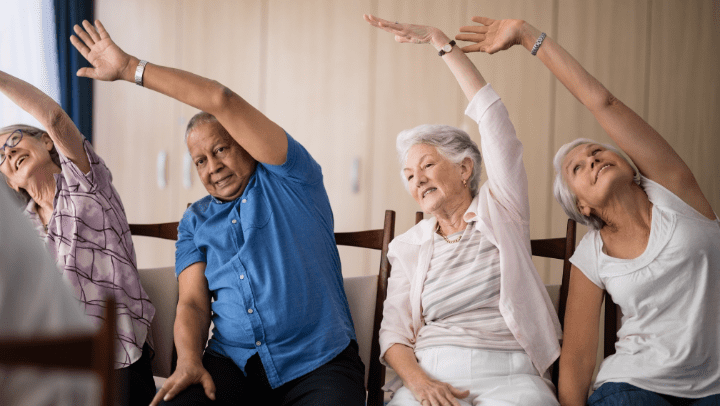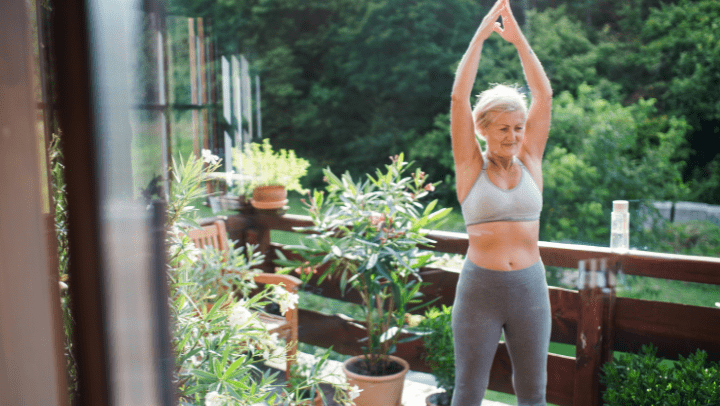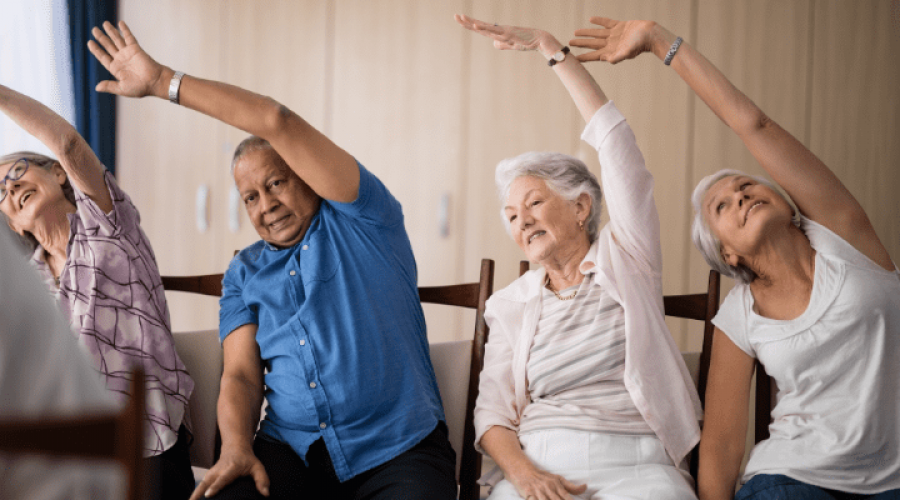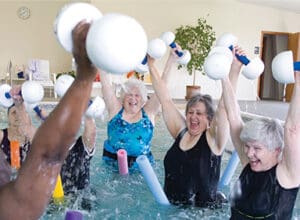
Understanding the Importance of Exercise for Optimal Health and Safety
Exercise is a fundamental part of a healthy life for everyone, regardless of physical ability. Moving your body regularly is crucial for overall well-being, helping to prevent disease and improve quality of life. While individuals with limited mobility may face unique challenges, the benefits of exercise are immeasurable. It can strengthen the heart, build muscle, increase flexibility, and enhance balance – essential for independence and vitality.
However, traditional workouts can seem daunting for people with mobility limitations. Low-impact exercises provide a safe and accessible path to experiencing the positive effects of physical activity without straining the body.
Mobility Limitations: Everyday Struggles
Individuals with limited mobility may face a variety of challenges when it comes to engaging in physical activity. These can include:
- Reduced range of motion and flexibility
- Muscle weakness or imbalances
- Difficulty with balance and coordination
- Pain or discomfort during specific movements
- Fatigue and decreased endurance
- Accessibility issues, such as lack of suitable exercise equipment or facilities
What are Low-Impact Exercises?
Low-impact exercises are gentle on the body, providing cardiovascular and strength benefits without overworking joints. These activities involve continuous ground contact, minimizing impact. Examples include walking, swimming, cycling, water aerobics, Tai Chi, yoga, Pilates, resistance band exercises, and seated workouts. Low-impact options are ideal for individuals with joint pain, recovering from injuries, or those seeking a less strenuous workout to maintain overall well-being.
Benefits of Low-Impact Exercises for Individuals with Limited Mobility
Low-impact exercises offer numerous benefits for individuals with limited mobility. These gentle activities help improve cardiovascular health, enhance muscle strength and flexibility, increase balance and stability, and reduce the risk of falls.
- Improved cardiovascular health: Gentle exercises like walking and swimming can boost heart health and reduce the risk of heart disease.
- Increased muscle strength and endurance: Resistance-based exercises, like using resistance bands or performing bodyweight movements, can help build and maintain muscle strength, which is essential for maintaining independence and performing daily tasks.
- Experience greater flexibility and freedom of movement: Unlock your body’s potential with gentle stretching and mobility. Enjoy greater freedom of movement, lower injury risk, and improved overall well-being.
- Better balance and coordination: Enhance your balance and coordination: Tai Chi and yoga can help prevent falls and improve stability.
Tips for Getting Started with Low-Impact Exercises
If you are new to low-impact exercises or have limited mobility, here are some tips to help you get started:
- Consult a professional: Before starting a new workout routine, talk to a physical or occupational therapist to make sure it’s right for you.
- Start slow: Begin with gentle exercises and gradually increase the time and difficulty as you get fitter.
- Prioritize comfort and safety: Choose exercises that feel good and avoid causing pain. Modify as needed to match your mobility and fitness level.
- Listen to your body: Pay attention to how your body reacts to the exercises and adjust accordingly. If you experience pain, stop and consult with your healthcare provider.

How to Modify Exercises for Individual Needs
One of the greatest benefits of low-impact workouts is their adaptability. By making minor changes, you can personalize these exercises to accommodate your unique fitness level and physical restrictions, guaranteeing a workout that’s both safe and productive.
- Adjust the intensity: If an exercise feels too challenging, reduce the intensity by slowing down the movements, decreasing the resistance, or taking more frequent breaks.
- Use assistive devices: Incorporate assistive devices, such as canes, walkers, or wheelchair attachments, to provide additional support and stability during the exercises.
- Strengthen your body without the strain: Discover low-impact exercises designed for chair or wheelchair users.
- Incorporate range-of-motion modifications: If you have limited mobility in certain joints, adjust the range of motion to accommodate your capabilities, gradually increasing the range as your flexibility improves.
Conclusion
Staying active is vital for a high-quality life even with limited mobility. Low-impact exercises significantly benefit heart health, muscle strength, flexibility, balance, and coordination. By starting slowly and progressively increasing the challenge, you can safely improve your overall well-being.
Independent living in San Diego, CA, offers exceptional opportunities for those seeking a supportive environment to maintain an active lifestyle. Many retirement and assisted living communities provide specialized fitness programs tailored to individuals with limited mobility. These programs often include access to professional fitness trainers, state-of-the-art equipment, and social activities to encourage ongoing participation.One such community, Wesley Palms, in San Diego, CA, offers a variety of fitness programs and amenities designed to support an active lifestyle. For more information on Wesley Palms and their fitness programs, please contact them at (858) 274-4110.







